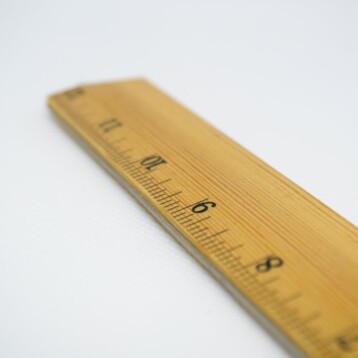According to a survey, Edmonton personal injury lawyers sift through 2,080 cases related to vehicle collisions every year. The Canadian province experiences 24 crashes for every 1,000 locals. Personal injury law is thus a crucial part of the Edmonton community, protecting those who’ve been harmed due to someone else’s negligence. There are different types of personal injuries, the damage they cause, and compensation. Let’s take a closer look.

Types of Personal Injury Claims
Vehicle accidents are the most common type of claim in Edmonton, but personal injury law covers a lot more:
- Medical malpractice occurs when a healthcare professional deviates from industry standards and duty of care. It can include diagnostic errors, treatment, and disease management. Doctors, psychiatrists, allied health professionals, and nurses can all be guilty of medical malpractice.
- Assault, which is an intentional act that causes harm. These cases needn’t be tried in criminal courts alone. You can pursue a civil claim to cover your expenses.
- Wrongful death occurs when a person or an institution’s negligence has fatal consequences. Edmonton courts allow you to pursue a wrongful death claim if you’re a surviving child, parent, spouse, or interdependent partner of the victim.
- Product liability, where a manufacturer sells a flawed product.
Claims also fall into three additional kinds of liability:
- Intentional liability arises when someone causes harm intentionally. It can include assault, theft, fraud, and trespassing. Defamation of character is also classified as an intentional liability.
- Strict liability, where the harmed party isn’t required to prove fault or negligence. This means an injured party can sue even if the other party had no intention to cause damage. These cases often include defective products and dog bites. Product manufacturers are liable for manufacturing defects, opening them up to many lawsuits.
- Negligence occurs when a business or individual fails to provide an expected level of care. Slip and trip and medical malpractice claims are classic examples of negligence. Your lawyer must prove that the defendant owed you a duty of care and failed to provide it.
Types of Compensation
Personal injury law is an attempt to balance a faulty scale. It seeks to restore the plaintiff’s life to the position it would have been in if they’d never been harmed, but not all compensation is that simple.
- Special compensatory damages award you for the financial losses incurred during your medical care. They can also include income losses.
- General compensatory damages are non-economic. They attempt to quantify your pain and suffering. Emotional distress is difficult to reduce to numbers, so your lawyer will prove your case by looking at the length of your recovery, the permanence of your injury, and the medication you were prescribed.
- The damaged party’s spouse tries loss of consortium cases which are pretty common in wrongful death claims.
- Punitive compensation is usually awarded when the defendant acted maliciously and intentionally. It’s intended to punish the at-fault party rather than to compensate the plaintiff.
Types of Damages
Damages are usually given to plaintiffs in the hope of restitution. They’re strictly intended to improve the victim’s life, but there are several other categories of damages:
- Compensatory damages are usually financial. They cover physical and psychiatric injuries and financial losses such as reduced work hours and healthcare costs.
- Incidental damages are applied when the defendant’s action indirectly causes harm.
- Nominal damages apply to small claims for negligible harm.
- Aggravated damages are raised by the judge when the defendant’s actions are willful and malicious.
- Exemplary damages are also referred to as punitive. They’re intended to punish the defendant and are usually awarded by the judge.
If another’s wrongful act has harmed you, the courts can create a more balanced way to compensate. All you need to do is to have a professional lawyer by your side.










